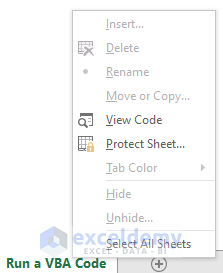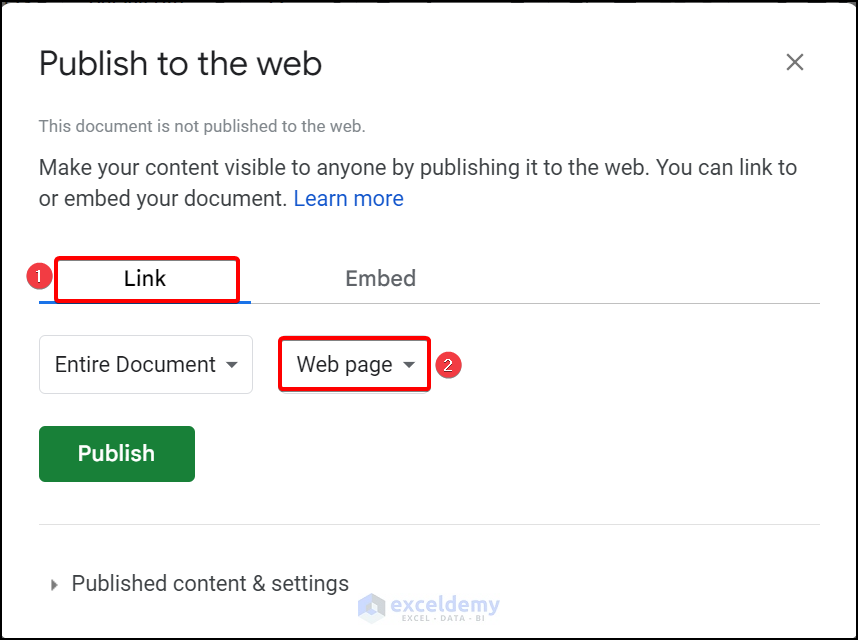How to Upload Independent Nursing Prior Authorization Paperwork Easily

If you're a healthcare provider or nursing administrator dealing with the complexities of independent nursing prior authorization, you've likely felt the frustration of submitting paperwork manually. The process can be time-consuming and riddled with potential for errors. However, with the right tools and strategies, you can streamline your prior authorization submissions, making the process easier, faster, and less prone to mistakes. In this post, we'll delve into various methods and tools to simplify this task, ensuring efficiency and compliance.
Understanding Independent Nursing Prior Authorization

Prior authorization in nursing requires a provider to get approval from an insurer or payer before providing specific treatments or procedures. It's not just about paperwork; it's about ensuring that every treatment is appropriate, necessary, and cost-effective, adhering to the guidelines set by healthcare policies. Here's what you need to know:
- Purpose: Ensures treatments are medically necessary and covered by insurance plans.
- Challenges: Manual submissions can lead to delays, lost documents, and increased administrative burden.
- Benefits: Streamlines patient care, reduces waste, and enhances cost management.
The Challenges of Manual Submission

The traditional method of submitting prior authorization paperwork manually involves numerous steps, each with its own set of challenges:
- Time-Consuming: Filling out forms, mailing or faxing them, and waiting for approval can significantly delay care.
- Paperwork Errors: Manual entry increases the chance of errors, which can lead to denials or further delays.
- Documentation Loss: Physical documents can get lost in transit or misplaced within the office.
Streamlining Prior Authorization with Digital Solutions

To address these issues, healthcare providers are increasingly turning to digital solutions:
1. Electronic Medical Records (EMRs)

EMRs enable you to:
- Enter all patient data and history digitally, reducing errors from manual entry.
- Submit prior authorization requests directly through integrated software.
- Keep all documentation in one easily accessible place.
2. Online Portals and E-Submissions

Many insurance companies offer:
- Web-based portals where you can upload necessary documents for review.
- E-signature capabilities to complete authorizations without paper.
- Real-time tracking of submission status.
3. Specialized Software for Prior Authorization

Dedicated platforms exist that:
- Automate prior authorization requests, reducing the need for manual paperwork.
- Use algorithms to check patient eligibility, reducing the chance of rejections.
- Offer integration with EMRs to pull data automatically.
4. Utilizing APIs

Integration through APIs allows for:
- Direct communication between your systems and insurance providers.
- Automatic updates on prior authorization status.
- Less administrative work since data transfer is seamless.
⚠️ Note: Ensure that any digital tool you use for prior authorization complies with HIPAA and other relevant healthcare data protection regulations.
Step-by-Step Guide to Digital Prior Authorization

To transition to a digital workflow for independent nursing prior authorization, follow these steps:
Step 1: Choose the Right Tools

- Assess your current systems for integration capabilities.
- Research and select EMRs, software, or online portals that align with your practice’s needs.
Step 2: Training and Implementation

- Train staff on how to use the new systems effectively.
- Implement a pilot program to test the system before full adoption.
Step 3: Data Entry and Patient Information

- Ensure all patient data is up-to-date and correctly entered into the system.
- Document all relevant history that might impact prior authorization requests.
Step 4: Submission and Tracking

- Initiate prior authorization requests through the digital platform.
- Track the status of submissions to stay informed on progress or issues.
Step 5: Follow-Up and Denial Management

- If a request is denied, understand why and address the issue.
- Use the digital tools to streamline the appeal process.
💡 Note: Regularly update and backup your digital records to ensure data integrity and recovery in case of system failures.
Embracing Automation

Automation in prior authorization is not just about digital tools but also about:
- Reducing the administrative load on healthcare providers.
- Improving patient satisfaction through quicker response times.
- Enhancing the accuracy of submissions.
Compliance and Legal Considerations

When transitioning to digital systems for prior authorization:
- Stay compliant with HIPAA to protect patient data privacy.
- Ensure secure data transmission and storage to prevent breaches.
- Keep abreast of changes in healthcare policies and regulations.
In summary, moving from manual to digital prior authorization processes in the realm of independent nursing not only saves time and reduces errors but also improves the overall care delivery system. By embracing technology, providers can make prior authorization less of a burden, allowing more focus on patient care. Utilizing the right tools, training staff, and maintaining compliance with regulations are key steps in this transition, ensuring that healthcare providers can offer the best care with minimal administrative interruptions.
How can I ensure my digital prior authorization system is HIPAA compliant?

+
Look for systems that explicitly mention HIPAA compliance, use secure data transmission methods like encryption, and ensure that all data handling practices meet HIPAA standards for security and privacy.
What should I do if my prior authorization request is denied?
+Review the reason for denial provided by the insurer. If it’s due to missing or incorrect information, use the digital system to re-submit with the correct data or file an appeal with supporting documentation.
Are there any costs associated with using digital tools for prior authorization?
+Yes, there can be initial setup costs for purchasing or subscribing to EMRs or specialized software, training staff, and potential maintenance fees for ensuring system updates and compliance.



